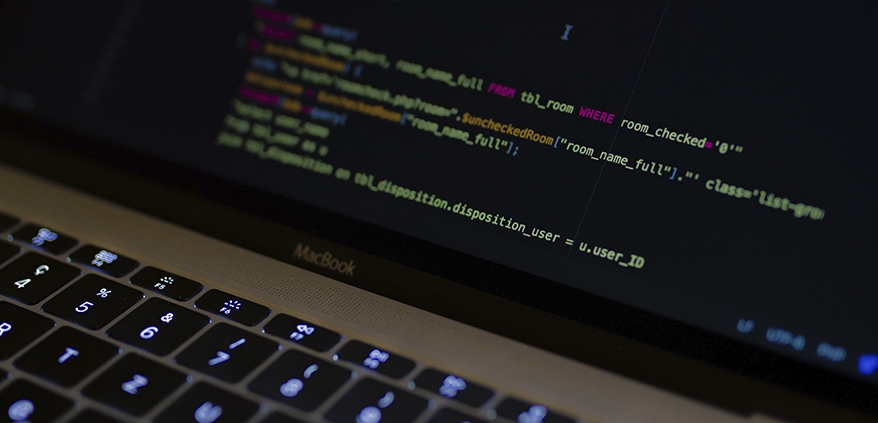Everything You Ever Needed to Know About Zero Day Vulnerabilities
What’s keeping CISOs up at night?
(Part I)
Perhaps, unsurprisingly, everything most CISOs need to know about Zero Day Vulnerabilities is that they’re one of the hardest threats to mitigate against, let alone detect. That kind of says it all.
Zero Day Vulnerabilities are tough to see coming and sometimes, even the most protected environments are vulnerable. While there are some technical solutions that will detect potential threats arising from unexpected changes to an environment related to a zero day vulnerability, they’re not widely deployed. They’re also not bullet proof.
Zero day vulnerabilities are essentially breaches arising from security problems with existing software, patches or new releases of software or firmware. They’re vulnerabilities which previously did not exist and often are not detected until someone finds them and exploits them. And even then, as in several recent cases, the exploits remain undetected for days, months or sometimes many years until someone discloses them.
The proliferation of devices, applications, cloud service providers, co-location data centres and the often complex operating environments of larger organisations can make zero day vulnerabilities tough to find. They’re usually brought to your attention by academics, industry researchers or the vendors themselves, and occasionally white hat hackers. The black hat hackers will often want to keep the information secret or sell it on the black market so they can use it for malicious purposes.
So, what to do?
Well, plenty of us just have it top of mind all the time and we spend a lot of time locking down our critical infrastructure and identifying and controlling possible attack vectors. It’s part of most ITSM programs and an important part.
Patches need to be tested and not released into production without verification and, for critical systems, usually after the initial industry feedback on the patch has settled down, as sometimes vendors can get it wrong. Sometimes patches are so buggy that they create more issues than they solve and more patches are released to address the problems they introduce. Some patches really, for certain environments, offer no tangible advantages and are never released or implemented.
So, for a lot of CISOs, unless there’s a very high security priority given to the patch and we’re forced to potentially release them very quickly, they may not be deployed. For other systems we lock them down and test in sandboxes, and test and test until we’re as sure as we reasonably can be that we’re not introducing a problem or other vulnerability.
Unfortunately, complexity is the enemy of security, and as we move into more complex systems and networks more security issues will be found. It’s part of the world now, and we must manage it.
Why do CISOs worry about zero day vulnerabilities?
It’s because, on top of keeping a watchful eye on malicious attacks, we also have to keep an eye on the legitimate technology we deploy or connect to as part of our everyday work.
It’s like having a much loved pet which one day, unpredictably, bites you when you simply aren’t expecting it. You simply can’t be complacent – and that gets tough sometimes. You just don’t expect the authorised and lovingly managed technology your team has painstakingly secured to suddenly become a threat vector. It keeps plenty of CISOs awake at night.
Why else do we worry about zero day?
It’s because, by definition, zero day vulnerabilities are brand new to the world. While a new virus in the wild can be quickly dissected and analysed, it’s a lot harder to detect, let alone understand, the magnitude of the threat discovered in a zero day vulnerability. In one environment it may be benign. In another it could lead to a catastrophic security breach or malfunction of mission critical infrastructure or applications.
It’s unlikely this challenge is going to go away soon, although more advanced tools are likely to help in the future.
In the meantime, CISOs like me keep one eye open at all times, train our staff and ensure our people and processes are the best they can be, but still look out for the likely random appearance of zero day vulnerabilities and someone trying to get into our systems.
About Steve Challans
Steve has more than 33 years’ experience working in the IT security sector and over 20 years specialising in Information Security. He has been the CISO at Prophecy International for 5 years.
Steve holds security qualifications including the CISM, CISA, CRISC, CISSP, PCIP, and ISO27001 Lead Auditor certifications.




